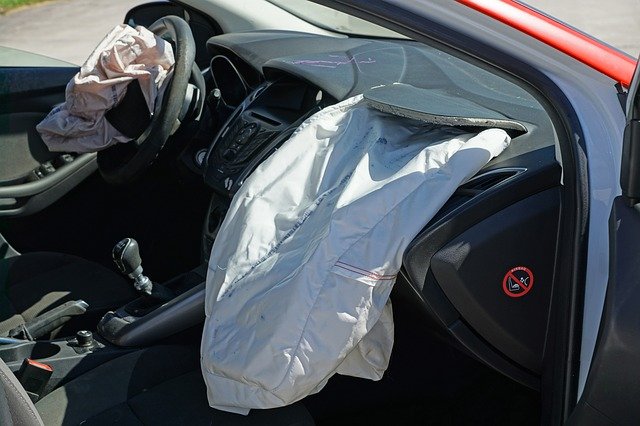Covering Costs: How to Pay Medical Expenses After an Accident
Image by Marcel Langthim from Pixabay
Covering medical bills after an accident is complicated, but possible, depending on the cause of the accident. If the accident is work-related, the injured party should be covered by workers’ compensation. If it was a car accident unrelated to work, auto insurance should provide temporary coverage. The injured party can also get his or her medical bills paid by personal or work health insurance. If the injured party doesn’t have health insurance, he or she may get coverage through Medicaid.
Finally, for procedures that aren’t covered by insurance, the injured party’s attorney can usually negotiate with the medical provider to accept a lien on the claim meaning that the medical provider will get paid once the case is settled or won at court.
Work-Related Injuries
Workers’ compensation will cover most work-related injuries. Workers’ compensation insurance is mandatory for most employers. It provides employees quick compensation – usually within a month if everything is done correctly – to cover medical bills, lost wages, and other costs related to their injury. If the injury is debilitating, the workers’ compensation coverage may convert into disability coverage through government and private programs.
If the injury occurred during work but was caused by a third party, the worker or his or her employer may claim damages against the third party. If the third party does pay damages to the worker or employer for the injury, then the workers’ compensation insurer may get reimbursed for the coverage is extended to the worker. However, for anything that exceeds that, the worker could retain coverage.
Car Accidents
Most car companies are required to grant personal injury protection (PIP) coverage for injuries sustained after a crash. PIP coverage covers immediate medical expenses such as the ambulance and surgery. PIP coverage is paid by the drivers’ insurance and applies regardless of which party is at fault. The purpose of PIP is to ensure that everyone who is injured gets medical treatment without having to assign fault.
Once PIP coverage runs out, the driver can get coverage from his or her personal health insurance policy. Eventually, if the driver is not at fault for the accident, the driver may also get compensation for damages, which can be used for other treatments that may not be covered by insurance – such as extended rehabilitation and therapy and plastic surgery for scars.
Other Accidents
For other injuries unrelated to autos or work, such as slipping in a grocery store, the injured person’s health insurance coverage should cover most medical bills. Every health policy is different, but they should cover basic needs such as ambulance, surgery, hospital stays, and prescriptions.
The injured person would still have a claim to recover damages against the at-fault party. However, resolving liability and damages could take months or even years if the defendant is aggressive in litigation.
If the injured party doesn’t have health insurance, they may get covered under Medicaid or a similar state government program. However, Medicaid may not apply retroactively to injuries incurred before the accident.
Finally, some medical providers do agree to accept liens instead of payment. Liens attach to the injured party’s claim for damages which require the medical provider to be reimbursed first for their expenses.

